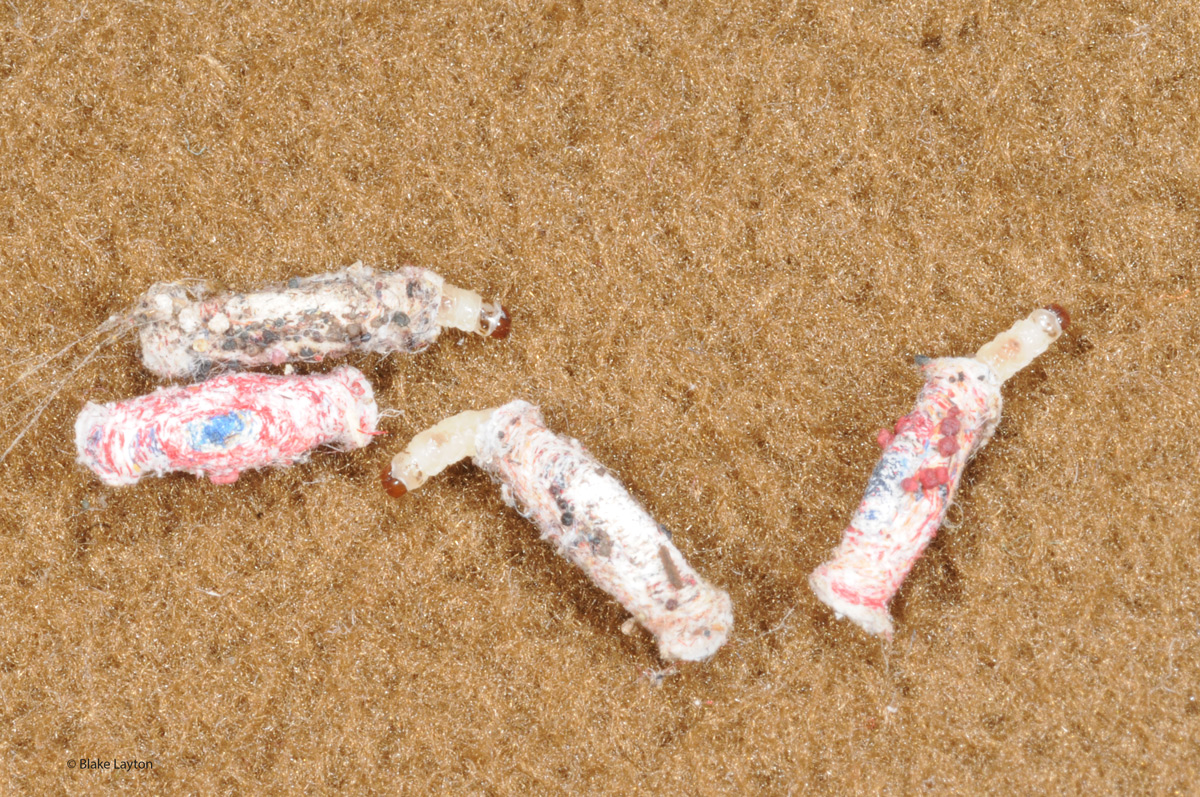Case-bearing Clothes Moth, Vol. 9, No. 01
Related News
October 1, 2015
July 10, 2015
June 29, 2015
June 17, 2015
Pages
Related Publications
Publication Number: P2825
Publication Number: P3346
Publication Number: P3367


